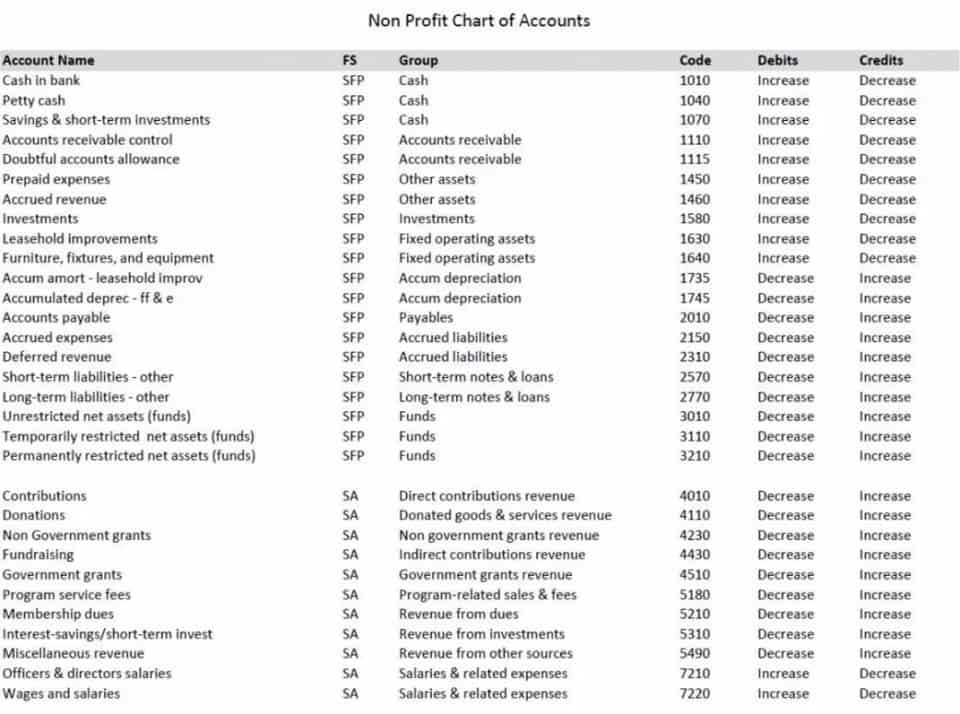Content

Adam Hayes, Ph.D., CFA, is a financial writer with 15+ years Wall Street experience as a derivatives trader. Besides his extensive derivative trading expertise, Adam is an expert in economics and behavioral finance. Adam received his master’s in economics from The New School for Social Research and his Ph.D. from the University of Wisconsin-Madison in sociology. He is a CFA charterholder as well as holding FINRA Series 7, 55 & 63 licenses. He currently researches and teaches economic sociology and the social studies of finance at the Hebrew University in Jerusalem.
Is 50% debt ratio bad?
50% or more: Take Action – You may have limited funds to save or spend. With more than half your income going toward debt payments, you may not have much money left to save, spend, or handle unforeseen expenses. With this DTI ratio, lenders may limit your borrowing options.
The debt-to-asset ratio shows the percentage of total assets that were paid for with borrowed money, represented by debt on the business firm’s balance sheet. It also gives financial managers critical insight into a firm’s financial health or distress. This amount of leverage might boost potential earnings, but would also be considered an extremely leveraged position with a high risk of default. Companies with a low debt ratio are considered more financially stable and less risky for investors and lenders. The debt to total assets ratio describes how much of a company’s assets are financed through debt.
What is debt-to-equity ratio?
Debt to asset ratio is a leverage ratio used to ascertain the portion of a company’s total assets that were acquired using leverage. Often referred to as the debt ratio, it’s the ratio of the company’s total debt to its total assets. The debt-to-total-assets ratio is a very important measure that can indicate financial stability and solvency.
- On the other hand, lifestyle or service businesses without a need for heavy machinery and workspace will more likely have a low D/E.
- The term Solvency refers to the ability of a farm or business to
pay all of its debt if it were to have to immediately sell the business or
farming operation. - If the debt has financed 55% of your firm’s operations, then equity has financed the remaining 45%.
- For example, in the numerator of the equation, all of the firms in the industry must use either total debt or long-term debt.
- Debt servicing payments must be made under all circumstances, otherwise, the company would breach its debt covenants and run the risk of being forced into bankruptcy by creditors.
Furthermore, prospective investors may be discouraged from investing in a company with a high debt-to-total-assets ratio. A company in this case may be more susceptible to bankruptcy if it cannot repay its lenders. Thus, lenders and creditors will charge a higher interest rate on the company’s loans in order to compensate for this increase in risk. As with all financial metrics, a “good ratio” is dependent upon many factors, including the nature of the industry, the company’s lifecycle stage, and management preference (among others).
Free Financial Statements Cheat Sheet
A company with a lower proportion of debt as a funding source is said to have low leverage. A company with a higher proportion of debt as a funding source is said to have high leverage. The company must also hire and train employees in an industry with exceptionally high employee turnover, adhere to food safety regulations for its more than 18,253 stores in 2022.
As with all other ratios, the trend of the total-debt-to-total-assets ratio should be evaluated over time. This will help assess whether the company’s financial risk profile is improving or deteriorating. For example, an increasing trend indicates that a business is unwilling or unable to pay down its debt, which could indicate a default in the future. The total-debt-to-total-assets formula is the quotient of total debt divided by total assets. As shown below, total debt includes both short-term and long-term liabilities.
Debt to Asset Ratio Formula Calculator
A ratio below 1 means that a greater portion of a company’s assets is funded by equity. The higher the percentage
the more of a business or farm is owned by the bank or in short, the more debt
the business or farm has. Any ratio higher than 30% puts a business or farm at
risk and lowers the borrowing capacity that business or farm has. A farm or
business that has a high Debt-To-Asset ratio such as a .51 (51%) has 51% of the
business essentially owned by the bank and may be considered “highly
leveraged”. Especially relevant for businesses hoping to one day go public, debt-to-equity ratio is helpful in understanding the financial health of a business. D/E is used by lenders when determining potential loans, as well as investors to understand how well the business is performing.

Financial data providers calculate it using only long-term and short-term debt (including current portions of long-term debt), excluding liabilities such as accounts payable, negative goodwill, and others. Company A’s ratio is low, which means that the majority of the company’s assets are funded by equity. A high debt to asset ratio signifies a higher financial risk, but in the case of a strong, growing economy, a higher equity return.
What is the formula for the debt-to-total-assets ratio?
The debt ratio is defined as the ratio of total debt to total assets, expressed as a decimal or percentage. It can be interpreted as the proportion of a company’s assets that are financed by debt. Debt ratio is a metric that measures a company’s total debt, as a percentage of its total assets. A high debt ratio indicates that a company is highly leveraged, and may have borrowed more money than it can easily pay back. Investors and accountants use debt ratios to assess the risk that a company is likely to default on its obligations. Let’s assume that a corporation has $100 million in total assets, $40 million in total liabilities, and $60 million in stockholders’ equity.
All such information is provided solely for convenience purposes only and all users thereof should be guided accordingly. Total assets may include both current and non-current assets, or certain assets only depending https://www.bookstime.com/articles/debt-to-asset-ratio on the discretion of the analyst. An increasing trend indicates that a business is unwilling or unable to pay down its debt, which could indicate a default at some point in the future and possible bankruptcy.
How we make money
The total-debt-to-total-assets ratio analyzes a company’s balance sheet. The calculation includes long-term and short-term debt (borrowings maturing within one year) of the company. It indicates how much debt is used to carry a firm’s assets, and how those assets might be used to service debt. The total funded debt — both current and long term portions — are divided by the company’s total assets in order to arrive at the ratio. This ratio is sometimes expressed as a percentage (so multiplied by 100).
- There is a minimum of 21 different ratios that can be looked at by
many financial institutions. - To find relevant meaning in the ratio result, compare it with other years of ratio data for your firm using trend analysis or time-series analysis.
- A ratio that is greater than 1 or a debt-to-total-assets ratio of more than 100% means that the company’s liabilities are greater than its assets.
- From the calculated ratios above, Company B appears to be the least risky considering it has the lowest ratio of the three.
- A company may also be at risk of nonpayment if its debt is subject to sudden increases in interest rates, as is the case with variable-rate debt.
- The results of this measure are looked at by creditors and investors who want to know how financially stable a company can be.
A company’s total-debt-to-total-assets ratio is specific to that company’s size, industry, sector, and capitalization strategy. For example, start-up tech companies are often more reliant on private investors and will have lower total-debt-to-total-asset calculations. https://www.bookstime.com/ However, more secure, stable companies may find it easier to secure loans from banks and have higher ratios. In general, a ratio around 0.3 to 0.6 is where many investors will feel comfortable, though a company’s specific situation may yield different results.
How does the debt-to-total-assets ratio differ from other financial stability ratios?
Popular measures of solvency include the debt-to-asset ratio and debt-to-equity ratio. In 2023, these ratios are expected to go up because debts are forecast to grow at a faster rate than the assets, in nominal dollars. The debt-to-asset ratio is forecast to increase from 13.09 percent in 2022 to 13.22 percent in 2023 while the debt-to-equity ratio is expected to increase from 15.07 percent to 15.24 percent. Farm real estate assets (land and its attachments) is forecast to be $3.39 trillion representing 84 percent of total farm sector assets in 2023.

We follow strict ethical journalism practices, which includes presenting unbiased information and citing reliable, attributed resources. At Finance Strategists, we partner with financial experts to ensure the accuracy of our financial content. Skylar Clarine is a fact-checker and expert in personal finance with a range of experience including veterinary technology and film studies.

